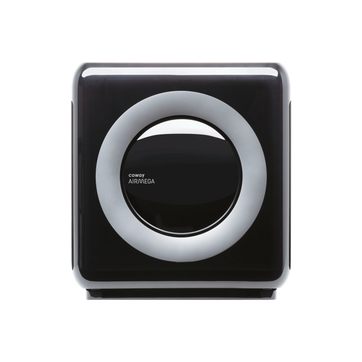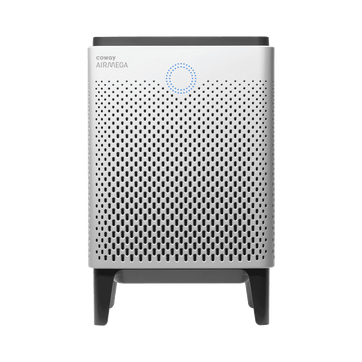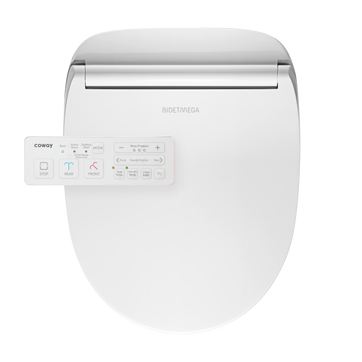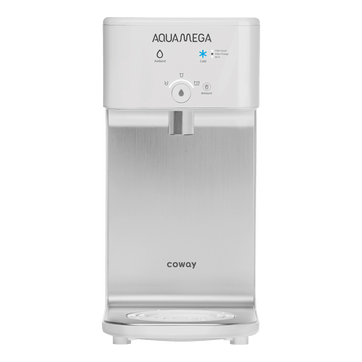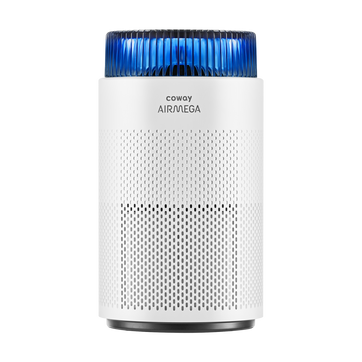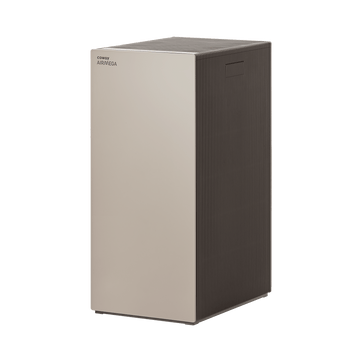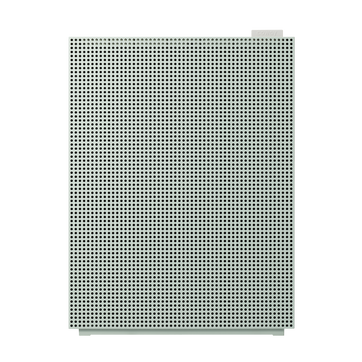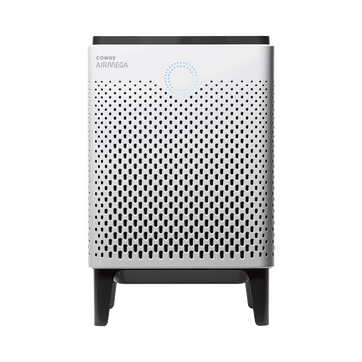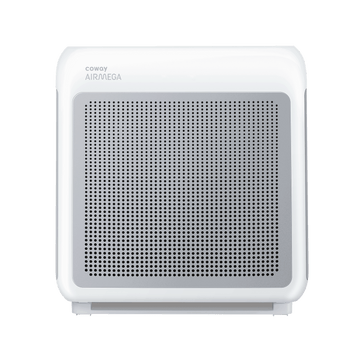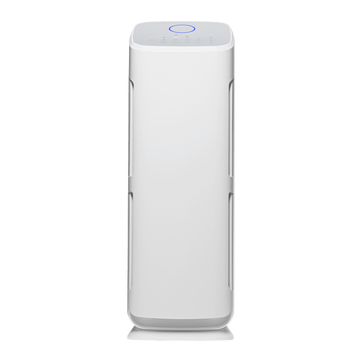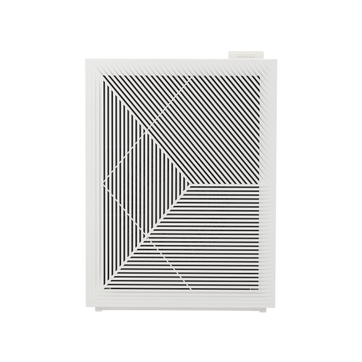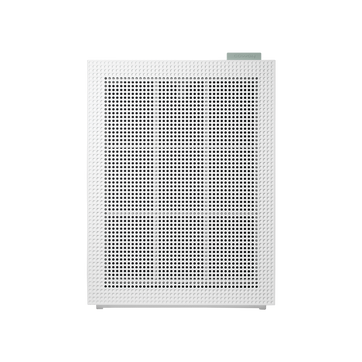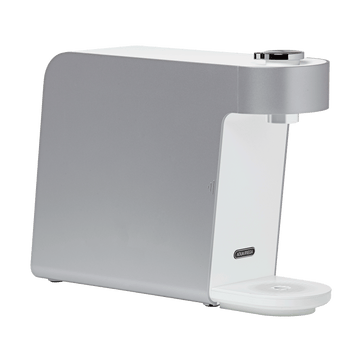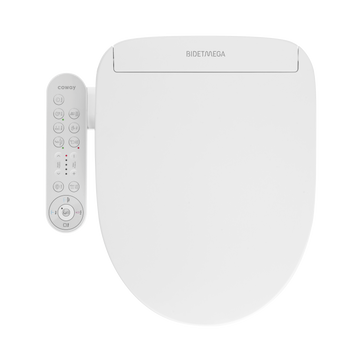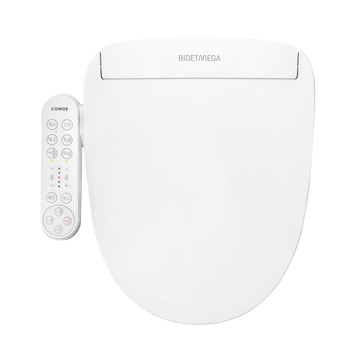
What’s the age of your water?
Two developments in the late 1800s laid the groundwork for the drinking water infrastructure in America today. First, indoor plumbing, including fresh running water, became common. Second, people started moving from rural to urban areas. In response, in cities across the country, local governments built infrastructure to carry water from its source to private homes and businesses. Officials built these massive public projects with an ever-growing urban population in mind. Now, more than a century later, things have changed.
Shrinking cities
Today some American cities, particularly in the Northeast and the Rust Belt, are losing residents. Urban experts call these “shrinking cities,” and it’s easy to understand why. For instance, both Detroit and St. Louis have lost over 60 percent of their population since 1950.
Fewer people, smaller tax base
Reduced population is causing problems for urban water systems in a couple of different ways. For starters, infrastructure across the country is in dire need of repair and improved maintenance. But in places where fewer residents are contributing to the local tax base, money is not available to invest in water infrastructure projects.
Water age
Additionally, in a recent City Lab article, water experts explain that “water age, or the time water spends in pipes from treatment to consumption” is increasing in shrinking cities. With fewer people to service, water is staying in the old systems longer. Instead of flushing through the system, it remains stagnant in the pipes.
The problem with high water age
The more time water spends in aging infrastructure, the more susceptible it becomes to microbial growth, pathogens, bacteria and corrosion from the pipes. The people most vulnerable to high water age are children, the elderly and those weakened by illness. Further, as far back as 2002, the Environmental Protection Agency determined, “Water age is a major factor in water quality deterioration within the distribution system.”
To provide the safest, cleanest and best tasting water for you and your family, the Coway Aquamega filters water at the last point before consumption—right at the kitchen tap. The filtration system is easy to install at your kitchen sink and provides an unlimited supply of purified, refreshing water. It also reduces common water contaminants, including lead, mercury and water-bourne cysts by up to 99 percent.
Disclaimers
1Coway air purifiers have been proven to trap dust, pollen, dander, viruses and bacteria in the air based on KCL (Korea Conformity Laboratories) testing.They have been tested in a 30㎥ size chamber according to the Korea Air Cleaning Association standard (SPS-KACA 002-132:2022 Modified) to measure the 0.01㎛ size of particle removal rate. It was tested on maximum airflow speed in normal room temperature and humidity conditions. The performance may vary in the actual living environment of customers.
→ Tested with Airmega Aim, 100, 150, 160, AP-1216L, AP-1512HH, AP-1512HHS, 200M, Icon, IconS, 230, 240, 250, 250 Art, 250S, 300, 300S, 400, 400S, ProX
299.97% of viruses, bacteria, fungi and pollen were verified to be removed from the air for Coway air purifiers which have Green True HEPA™ filter applied based on the Japan Food Research Laboratories(JFRL) testing according to JEM 1467 standard.
→ Tested with Coway Airmega AP-1512HH, AP-1512HHS, 250, 250 Art, 250S, 300, 300S, 400, 400S
→ All tested by JFRL and received above result within below time.
All tested by JFRL and received above result within below time.
- Virus: Tested with Escherichia coli phage ΦX174 NBRC 103405, 60 minutes
- Bacteria: Tested with Staphylococcus epidermidis NBRC 12993, 60 minutes
- Fungi/Mold: Tested with Penicillium citrinum NBRC 6352, 60 minutes
- Pollen: Tested with Cedar Pollen extract, 60 minutes
3Aerosol test conducted in a Biosafety level 3 laboratory with two Coway air purifier models, Coway Airmega 250 and 400 for removal of SARS-CoV-2 Aerosol by US based MRI Global, a not-for-profit laboratory and partner of US Department of Defense. The test was conducted in a 13.1ft3 chamber. Virus was aerosolized for 15 minutes and the product was turned on high for 2 minutes. Result showed each product effectively removed over 99.98% of the SARS-CoV-2 in 2 minutes. This is a result from a laboratory experiment condition and result may vary in different conditions. This result does not imply it kills SARS-CoV-2 or prevents the transmission of Covid-19. Coway Airmega 250S and 400S are identical to the tested models and has equal performance with an additional mobile connectivity function.
4The concentration of ammonia, acetaldehyde and acetic acid were proven to be removed within 30 minutes by FCG Research Institute, Inc. Human Life Science Lab. It is not a demonstration result in the actual use space. Not all odors and gases may be supported. → Tested with Coway Airmega 150, 160, AP-1512HH, AP-1512HHS, 400, 400S
5The coverage area of the air purifier is based on an area where the air cleaner can make two air changes per hour (ACPH). An air change per hour translates to how many times an air purifier can clean an area, assuming the height of a ceiling to be 8 ft, in one hour. Therefore ** means two air changes per hour means that the cleaner can clean the area once every 30 minutes and * means air changes per hour means that the air purifier can clean the area once every 60 minutes.
10Terms and conditions apply. Discounts, including promotions, coupons, bundle discount and subscription discount, cannot be stacked on top of other coupons. During promotional periods, discount codes will not be able to be applied to orders. Promo codes may apply to products only—filters, accessories, and new products within 3 months of the release date are not included.
